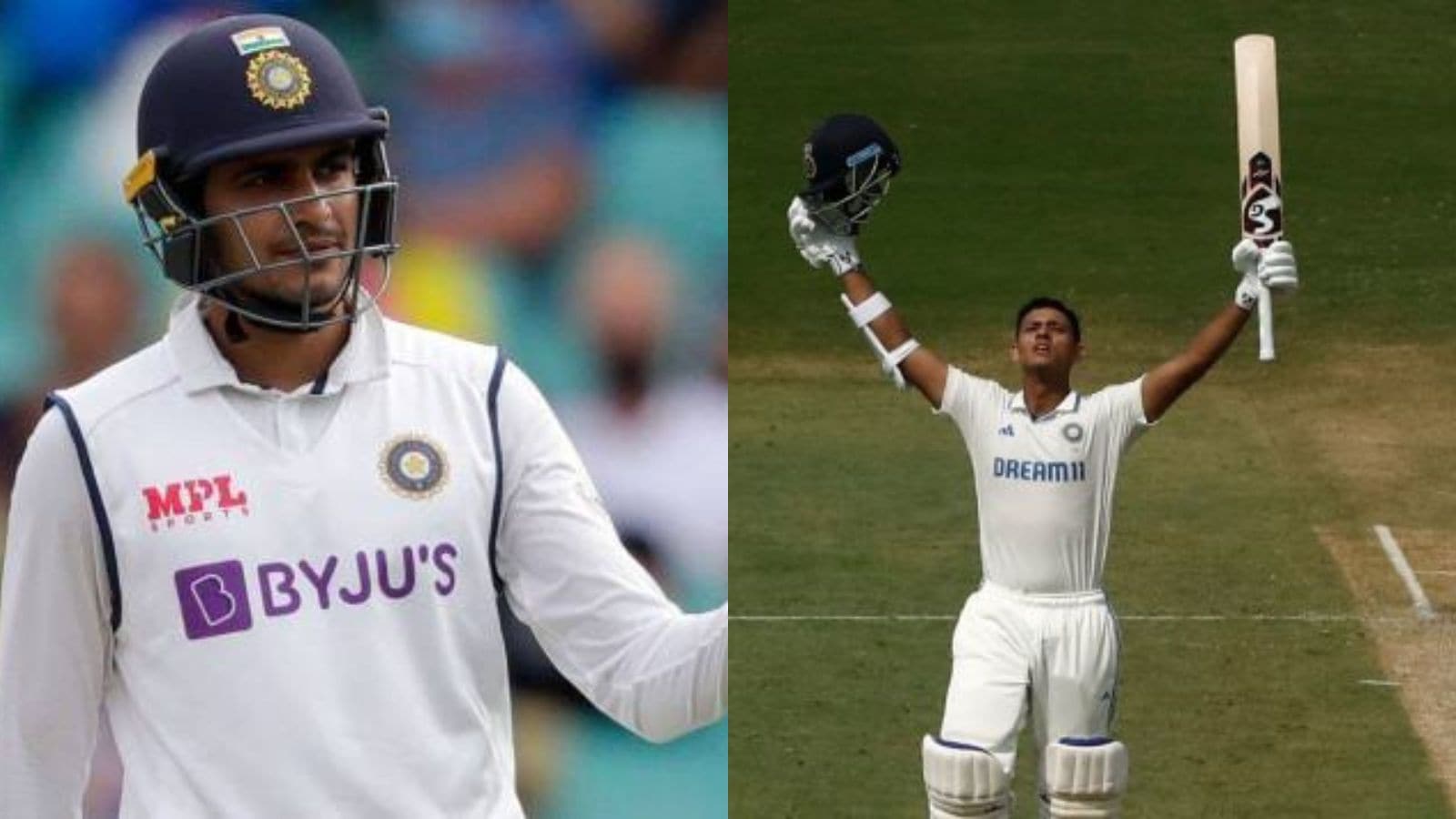Virat Kohli, Steven Smith, Joe Root, and Kane Williamson were touted as the Fab Four back in 2014. All four of them over the years have played some incredible innings across the formats and have also helped their countries bag a few ICC trophies along the way. However, in about last 12-18 months, the elite group has started to hang up their boots in one form or the other. While all of them are still active in at least one format in their international career, the eyes are on the next generation on who can fill those big shoes.
“The players that come to mind in terms of multi-format are: Yashasvi Jaiswal, Shubman Gill, Rachin Ravindra, Harry Brook. And also Cam Green. Those are all outstanding players and have shown fantastic moments in all formats. All young and their games are just growing,” said Williamson, speaking to The Cricket Monthly when asked about who could potentially be the next Fab Four.
However, unlike the previous generation, the problem the current set of players face is the lucrative deals offered by franchises across the globe in T20 formats, which overlap the domestic cricket calendar with some of the red-ball seasons. Jaiswal, Gill, and Brook, who come from the big three (India, England, and Australia) boards, can compensate their players well and keep them invested in their domestic formats because of their healthier economic conditions.
Rachin, on the other hand, has to find the right balance in the format he chooses. “I suppose the more you do it, the more lessons you have. Ultimately, it is an opportunity to try and get an understanding of how you want to do it. And before you get exposed to it [at international level], you are probably playing domestic cricket, which generally is played in windows – you have red-ball [competition] and then you might have your one-day competition, followed by your T20 competition. So there’s not a lot of quick crossover that really demands you to change your game and then go back to [the previous] format,” Williamson would say.
“I feel personally grateful that I was brought up in that red-ball era. It’s still there, but I mean the T20 format is so prominent now, where the volume that you play is so high. So the opportunity to bat long, but also the opportunity to really go through those different problem-solving elements in the game [is not there].You are playing a game for five days, it challenges you in every aspect, your ability to focus, to be patient, your temperament to adjust a plan… and you can get exposed in a big way in the red-ball game. So you are always trying to problem-solve. And the conditions change a lot more in red-ball cricket. So there’s these elements that you don’t necessarily get, and certainly not [in the same] volume, in the white-ball game,” he added.

